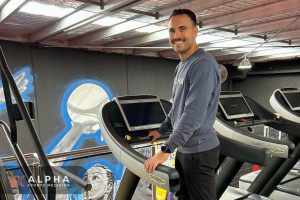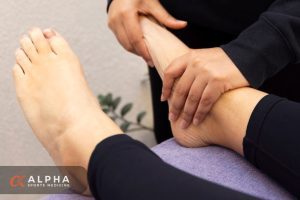Running can be a great form of fitness. It can get your heart racing and fill your body with endorphins, which can leave you feeling on top of the world! But that doesn’t just happen over night. It can sometimes feel difficult, exhausting and even cause you pain. So it is really important before you start running to have a plan to help you learn exactly where to start!
Set Your Running Goals
Why is it you want to start running? Do you want run an event? Do you want to return to playing sport? Do you want to trim down a bit? Whatever the reason, once you set a goal, you will be more committed to your schedule. You can download Strava on your phone or smart watch and track your distance, you can also follow your friends on this app and see how their running is going!
Plan Your Schedule
Following a running plan is going to help you build your distance and improve your pace. Think about your goals with running. Your goals will determine what kind of running plan you will need to follow. If you’ve never run before, the Couch to 5km App is a great way to progressively start building some distance whilst allow for recovery time. Regardless of your goals, a structured running program is essential to get you across the line.
Strength is Essential
Believe it or not, running requires a lot of strength. Particularly important is the individual strength of each leg. Common complaints Osteopaths see with new runners are things like shin splints, hip bursitis and sacroiliac joint pain. So it is very important to make sure your muscles you’ll be using when you run are strong enough to help you run. If you can imagine, running is like hopping on the spot repetitively switching from leg to leg, so lower body strength is very important. A great exercise to start with are heel raises to build strong calf muscles and prevent injuries like shin splints or achilles tendinopathy. Start with three sets of 12 double leg and progress to single leg heel raises.

Don’t Skip Recovery!
One of the biggest mistakes new runners can make is missing recovery days. This is especially important when you start running because your body isn’t used to the change. Especially when you start running, schedule every second day as a recovery day. Recovery doesn’t have to mean you do nothing. Recovery days can involve some cross-training so cycling, swimming, stretching or strength training. If you find you are struggling to manage your recovery alone, you can book in with one of our knowledgeable Osteopaths who can help your body recover. Our team at Alpha Sports Medicine & Osteopathy can also help give you recovery ideas to manage any niggles you come across.
Listen to Your Body
Running can feel so great, the feeling can almost become addictive at times. The big thing you must do as a new runner is listen to your body. If you’re noticing a part of your body is becoming increasingly painful when or after you run, don’t ignore it. Seek advice from your Osteopath or healthcare professional. If you’re pain is getting in the way of your running goals, the quicker you get it sorted, the sooner you’ll be back out on the track!
Good luck! Run well!
Author
-

Dr. Ashton Wilson began her studies with a three year Bachelor of Biomedical Science, where she majored in Anatomy and Physiology. She then switched to a more hands on approach, where she completed a three year Bachelor of Clinical Science and a two year Masters of Osteopathy. Ashton has since completed further education and is a qualified Strength and Conditioning Coach as well as a Kinetic Link Trainer.
View all posts






